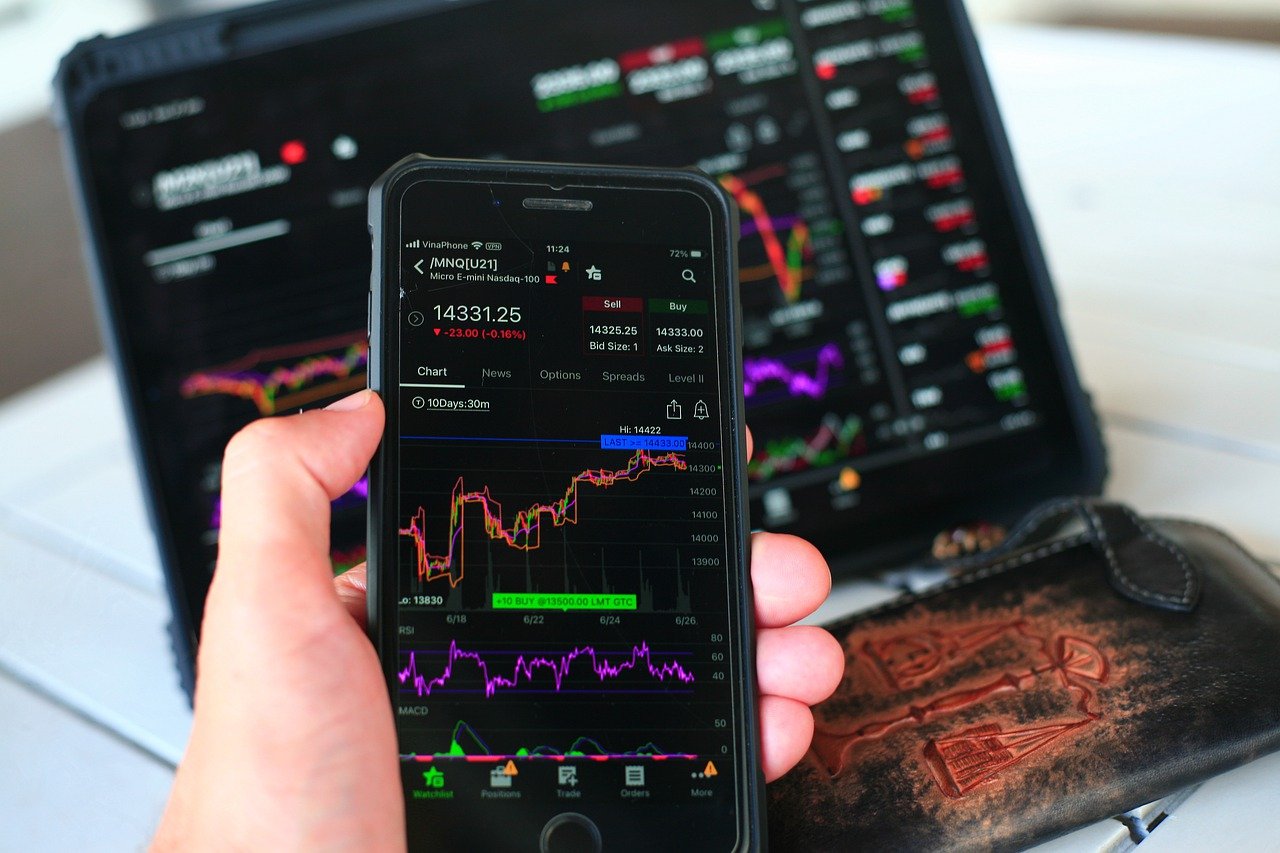How to open a stock trading account?
A stock trading account is an investment account where the investor trades stocks, which are shares in public companies. Today’s technology allows online brokers who make buying and selling the most popular stocks more effortless than ever. This article will discuss opening a stock trading account with little effort.
Research various online brokerages
Many different online brokerages specialise in investors of all backgrounds and experience levels. Potential investors can find reviews of hundreds of these brokers by using Google or visiting brokerage review websites.
Select an appropriate brokerage
Once you have shortlisted several options, compare fees, minimum required investments, demo accounts, customer service ratings, withdrawal limits and more on the brokerage website before deciding on one to open an account with.
Open a stock trading account
Once you’ve chosen your broker, visit their site and enter your personal information such as name, address (make sure this is accurate) and social security number. Then choose the type of account that best suits your needs.
You can use margin accounts or options accounts for more advanced investors, but we will not discuss these in this article. Lastly, make your initial deposit and wait for it to clear before placing any trades (this may take up to two weeks, depending on how easily accessible funds are in your bank).
Common stock terms
There are many terms that you should familiarise yourself with before getting started. Here are a few of them:
Stocks
Stocks are shares issued by corporations that represent pieces of ownership in the issuing company.
Bid
A bid can be seen as the price at which a buyer is willing to purchase the stock.
Ask
You can look at an ask as a price at which a seller is willing to sell the stock.
Tick
The minimum price movement on given security is also called “minimum price increment (MPI)”.
Market order
A market order is an order to buy or sell immediately at best available current price. A market order may be partially filled from available offers (or bids) and completed as soon as possible. It is not guaranteed that you will receive all (or any) of your order because there may not be enough shares offered (or bid for) at your desired price.
Stop-loss orders
An automated trading instruction is triggered when a specific price is reached; for example, you will execute a stop-loss order to sell once the price drops to below a certain level.
Time in force
Specifies how long an order remains active before it is cancelled
Day order
Orders that expire at the end of the trading day if they are not filled. You can use this type of order if you are not planning on being near your computer when the market is open.
Fill or kill orders
They are usually placed by professional traders who have no intention of letting their order sit on the books indefinitely. For days when there is very little activity in a given stock or commodities contract, limit orders may take several days to get filled. A fill-or-kill (FOK) often gets snapped up right away. If not, it is cancelled automatically.
Immediate or cancel (IOC) orders
Are similar to fill-or-kill orders in that you must execute the entire order immediately; if you cannot fill part of the order immediately, it is cancelled.
Market on close (MOC) and market on open (MOO)
Orders entered before trading ends for the day or when the market opens for the day, respectively; these limit your ability to enter trades after regular business hours. You can use MOC/MOO orders to take advantage of closing prices.
Limit orders
Instruct brokers to execute buy or sell transactions at specific prices set by investors who want their purchase price or selling price met but aren’t as concerned with the length of time to fill.
Types of securities
Similarly, there are also different kinds of securities you should know about:
- Common stock:Represent ownership in a company and entitles you to voting rights, dividends and profit distributions.
- Preferred stock:Security prioritises common stock if a company goes bankrupt or is liquidated. Preferred stocks often pay dividends at fixed rates and have various provisions, such as a specific dividend that you must pay in the event of bankruptcy.
- Bonds:Are a loan made to a corporation or government agency in exchange for periodic interest payments at a fixed rate and the repayment of the principal amount on a specific date (maturity). Bonds usually pay out semi-annually, although this varies depending on the company.
- Options:An option is a contract that gives the holder the right to buy or sell an asset at a specified price before a specified date.
- Futures:A contract that requires delivery of a commodity or financial instrument at a fixed price and date. Contracts are traded on an exchange and are standardised.
- Forex:An over-the-counter market in which different currencies are bought and sold. Foreign currency exchange rates fluctuate based on supply and demand in the market.
Conclusion
By now, you know how to open a stock trading account. As stated earlier, there are many types of securities out there, so be sure that you get your hands on the right one before making your first move.













